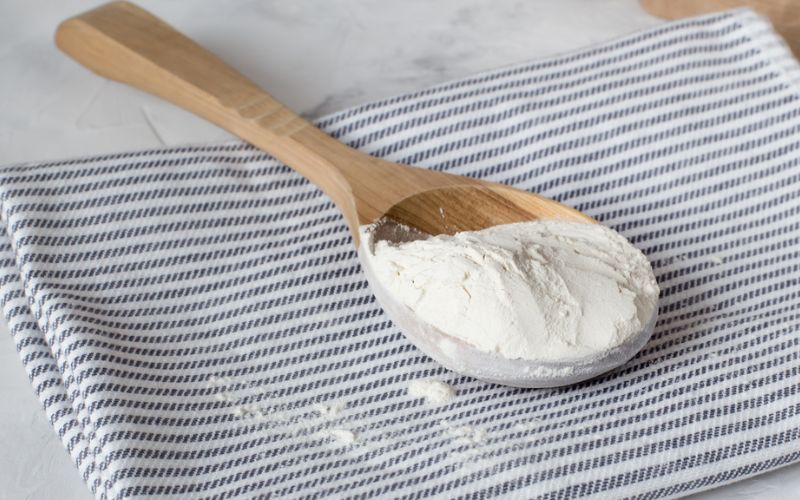Do you plan to start experimenting with vegan meals and treats? If so, then you’ve probably heard about xanthan gum. Despite its scientific-sounding moniker, xanthan gum is a useful vegan ingredient that may improve your cooking. This article will explain why xanthan gum is useful in vegan cooking and provide you some pointers on how to incorporate it into your own dishes.
What Is Xanthan Gum and How Do I Use It?
The thickening agent xanthan gum is derived from plants and has several culinary and baking applications. Sugars and the bacterium Xanthomonas campestris are used in a fermentation process to make it. The end product is a fine powder that dramatically enhances food’s mouthfeel and stability. Due of its special qualities, it is commonly used in vegan cooking.
Xanthan Gum’s Vegan Perks:
Improving Texture: Achieving the Right Texture in Vegan Cooking is a Major Challenge. The thickness and viscosity are provided by xanthan gum, which is a lifesaver. Xanthan gum can be used to provide the same smooth texture in vegan versions of traditionally non-vegan dishes, such as creamy sauces, plant-based soups, and gluten-free baked products.
Vegans who also wish to avoid gluten may be interested in this guide on baking using gluten-free flour. When using gluten-free flours, a crumbly disaster can occur, but xanthan gum saves the day by binding the components together.
Egg Substitute: Eggs are frequently used as a binder in recipes, however they are not suitable for vegans. If you want your food to stay together but avoid using any ingredients from animals, xanthan gum can do the job.
Extending the freshness and durability of vegan foods without the use of artificial additives is a top priority while creating new recipes. Xanthan gum’s stabilizing and emulsifying properties can extend the life of your works.
Tips for Using Xanthan Gum in Your Vegan Recipes:
You just need a little amount at first because xanthan gum is so powerful. One eighth to one quarter of a teaspoon is a good starting point, and if more is required, you can always add more afterwards.
Blending xanthan gum with a liquid component beforehand can help prevent clumping. This facilitates the uniform distribution of the gum and the elimination of lumps.
Be patient, since the thickening effect of xanthan gum develops gradually. After adding the gum, if you let the mixture a few minutes to rest, you’ll find that the texture improves.
Don’t be scared to play around with xanthan gum and see how it works in different recipes. It goes well in everything from salad dressings to ice creams, proving its adaptability.
To preserve its efficacy, xanthan gum should be stored in a cold, dry area in an airtight container.
Conclusion
Finally, Xanthan Gum will take your vegan dishes to the next level!!!
Finding creative alternatives to common products in vegan cuisine may be an enjoyable task. When it comes to adding texture, stability, and adaptability to your plant-based dishes, xanthan gum emerges as a hero. Once you learn the ins and outs of using it, you’ll be well on your way to creating wonderful vegan dishes. Your taste senses will appreciate you if you try xanthan gum.

